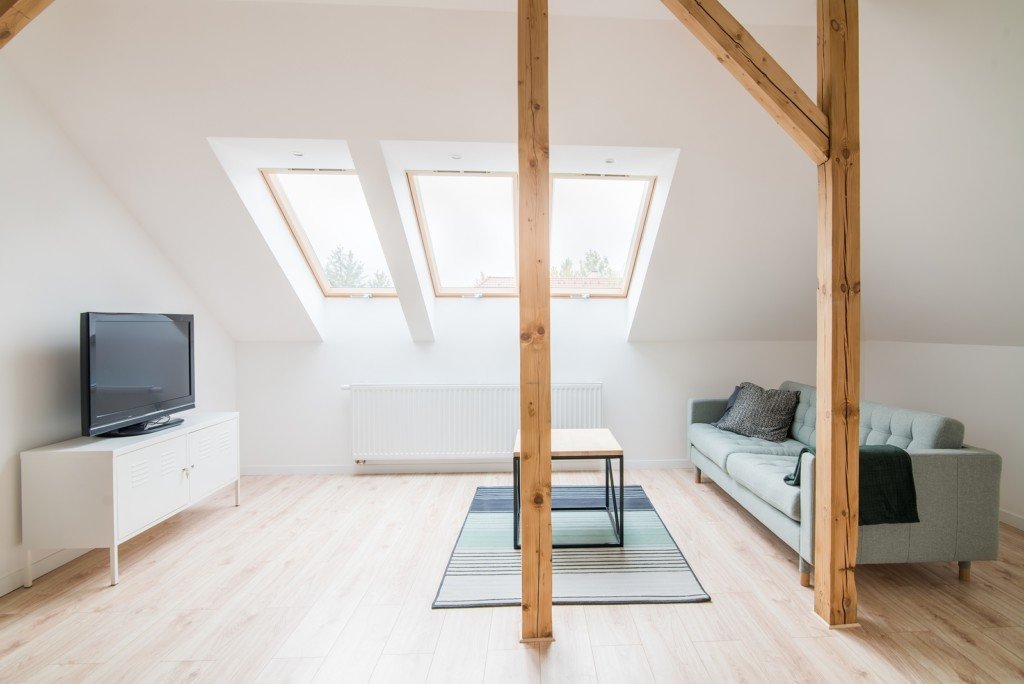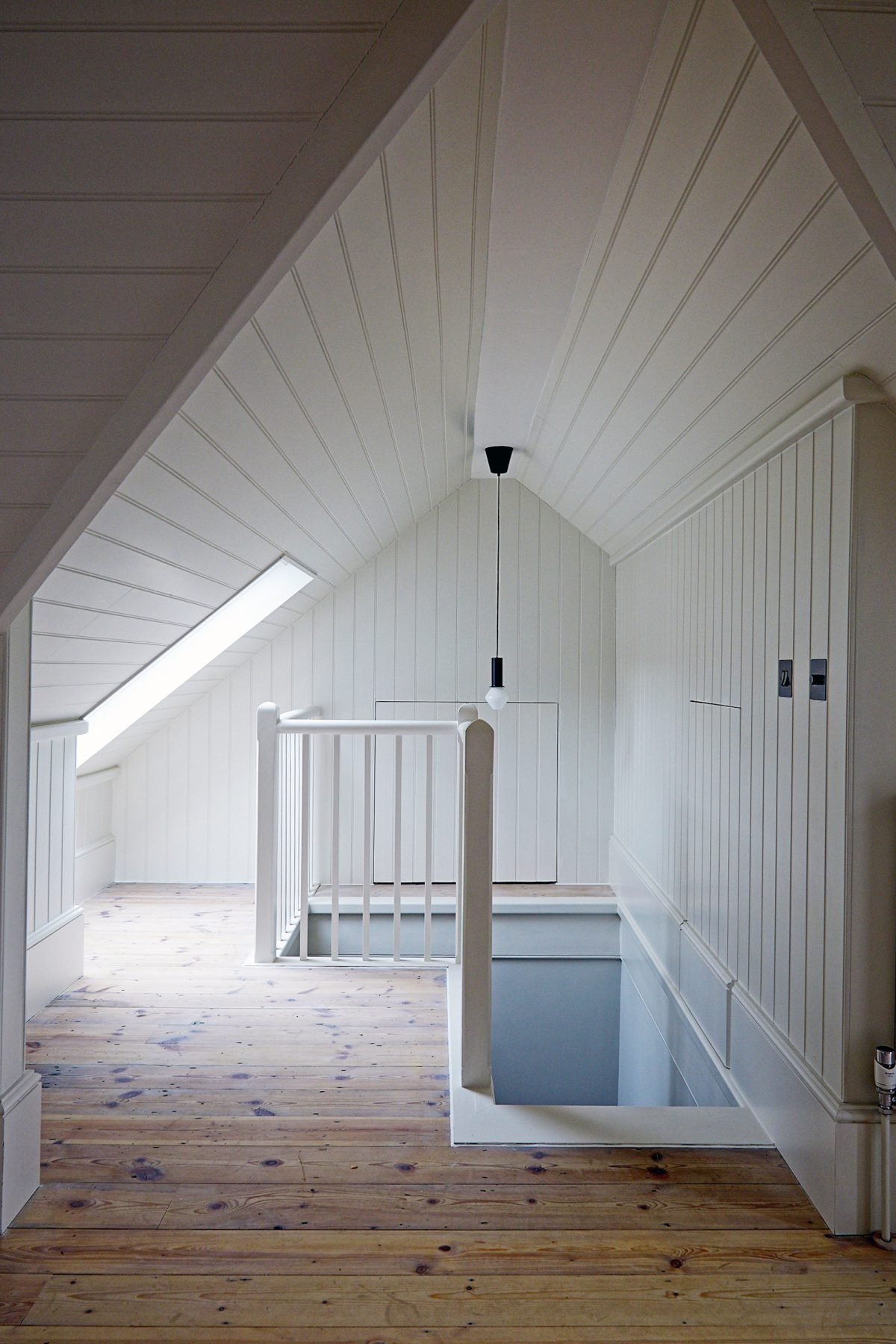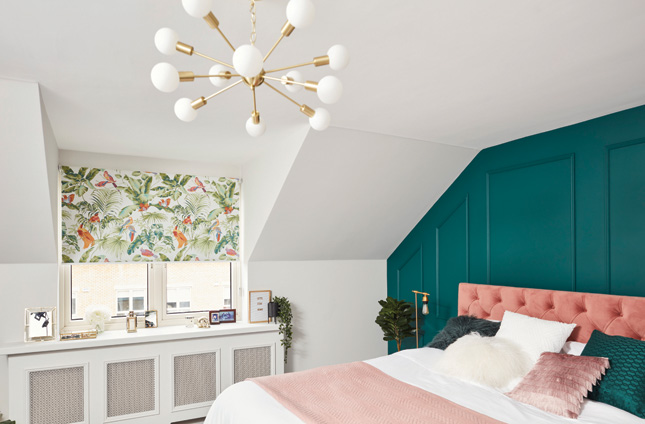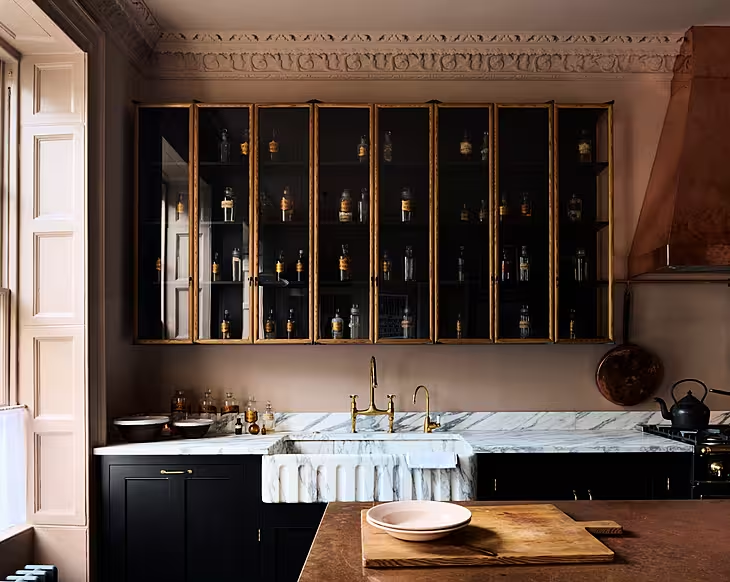A House and Home promotion
Got lofty ideals? Take advantage of the space you have with an attic makeover that gives you a whole new room... without the stress
 Image: Big Stock
Image: Big StockAn attic conversion can be one of the most cost effective ways to add space to your home.
Most homes come with an attic after all, but if yours is just a hatch to a messy storage space, you probably aren't making the most of the room you have.
An attic conversion will not only create extra living space within your home and potentially avoid you having to extend into the garden, but it also increases your home's value, making it a smart investment.
But it's difficult to complete an attic conversion without at least some disruption to your home life, so we've pulled together a guide to executing your attic makeover with as little stress/delay as possible. Here are the dos and don'ts to smooth sailing.
 Image: Shoot Factory
Image: Shoot FactoryAttic conversion DOs
- DO your research: Before signing up to any works, do your research and find a reputable team to complete your attic conversion. The Department of the Environment has a downloadable leaflet which contains a lot of the criteria that need to be met so study up. And most importantly, check your contractor's credentials - if you're investing in this project, you want to make sure it's done by professionals who work to high standards so check and see - asking for examples of previous work will also serve as inspiration so it's a win-win.
- DO plan around planning permission: Your contractor will be able to advise on the specifics of your exact space and what's possible, but it's worth baring in mind that some attic conversions require planning permission and others do not. This of course shouldn't be the deciding factor for you, but the cost and time involved in a planning application can put some people off. For example, if you're not changing the structure of the back of your house and you're simply converting for storage space, you may not need planning. On the other hand, you might be converting a space into a bedroom, but the regulations say that two-thirds of your floor area must be 8 foot high for it to comply as a bedroom, and this may require planning. You won't be able to count it as an extra bedroom (for example, selling your home as a 4 bed instead of a 3 bed with converted attic) unless it complies, but that may not bother you. It all depends on your own priorities.
- DO consider the time of year: Most of the time, an attic conversion will be possible no matter the time of year, but it is worth baring in mind if you're having any work done on your roof, that it is probably preferable for your comfort to do this during warmer months when the weather is a bit better.
 Image: Budget breakdown: Anne Marie's €45,000 attic makeover
Image: Budget breakdown: Anne Marie's €45,000 attic makeoverAttic conversion DON'Ts
- DON'T leave it all to your contractor: You've hired someone you trust and whose credentials check out, but this is a house you have to live in. Have a good think about how you want to use the space and consult with your team on the design to make sure the attic conversion will be something that fits with your life and your needs. These are experts you're dealing with, so work with them to figure out innovative ideas that suit your home. Don't assume they can't read your mind - if you want something, let them know.
- DON'T ignore the timeline: Make sure you get your head around the plans and the suggested timeline from your building team, especially if you're required to purchase anything in advance. For example, if you're having a bathroom put into your attic and the plumbing is to be done halfway through the project, you'll need to have your toilet, sink, bath and/or shower all bought and ready to plumb in or it may delay the project and end up costing you extra. Make sure you know what's required of you, even if your contractor will look after 99% of it.
- DON'T be afraid to ask questions: No question is too stupid and you're better off asking early than asking once things are in motion and it's harder to go back. Don't let niggling questions linger - your team will likely have been asked the same thing plenty of times before - you're new to this, it's totally understandable. Having said that, there's no need to hold back on questions later on either - better safe than sorry, and it's always worth having the information so you can make an informed decision rather than hoping it all works out in the end.
Q&A with Inline Construction
Inline Construction look after makeover projects big and small, from attic conversions to full extensions and commercial renovations to custom carpentry. Run by duo Ciaran Devlin, a qualified carpenter with 17 years' experience, and Jim Briscoe, an expert in quantity surveying with 11 years' experience, the pair have put their heads together to bring you the full service.
Using the latest building science, sustainability methods and working to the latest building codes, they are committed to helping their clients achieve a flexible and innovative approach to the design and construction process. So not only are you in good hands, but they work with you to achieve your vision.
How should you go about starting an attic conversion?
The first thing you need to do when considering an attic conversion is to get a home survey to see if it's a viable option for your specific attic, and what will make the best use of the space you have.
There is almost always a solution for 90% of attics, so it's just about finding one that will work for you. Most of the hard no answers come if the space is too small, but even then, depending on what you want yourself, it may make sense to convert it into a more usable storage space so it's not left wasted.
A consultation with an expert to really assess the space is your first stop.
What is the most important thing to consider when transforming your attic or creating a new room?
The most important thing to consider is what you want to use the room for and how you can create a space that works in line with that vision. If you plan on using the space mostly for storage, for example, it's important to shape the flow of the space around that function so you don't leave yourself short on room to actually build in, or bring in, storage solutions.
It's important to discuss these factors with your team in advance of the start of the attic conversion, so you're all on the same page when it comes to the design, and you're not left with a space that's beautiful but maybe doesn't work the way you need it to for your family.
We always start with a consultation and home survey to figure these things out with our clients right from the beginning, so you don't end up flip flopping on the design halfway through the project. It's far less stressful!
What is the biggest mistake you see people making when planning an attic conversion?
Using the wrong construction company that don't insulate the space properly. Insulation is a science and it’s imperative it’s done properly or you're going to cost yourself time and money in the long run. This is one area you don't want to scrimp on as you will end up paying for it in other ways down the line, so make sure you're working with trusted tradesmen.
Inline Construction
Phone: +353 86 368 8099 | Email: [email protected]
Website | Facebook | Instagram












